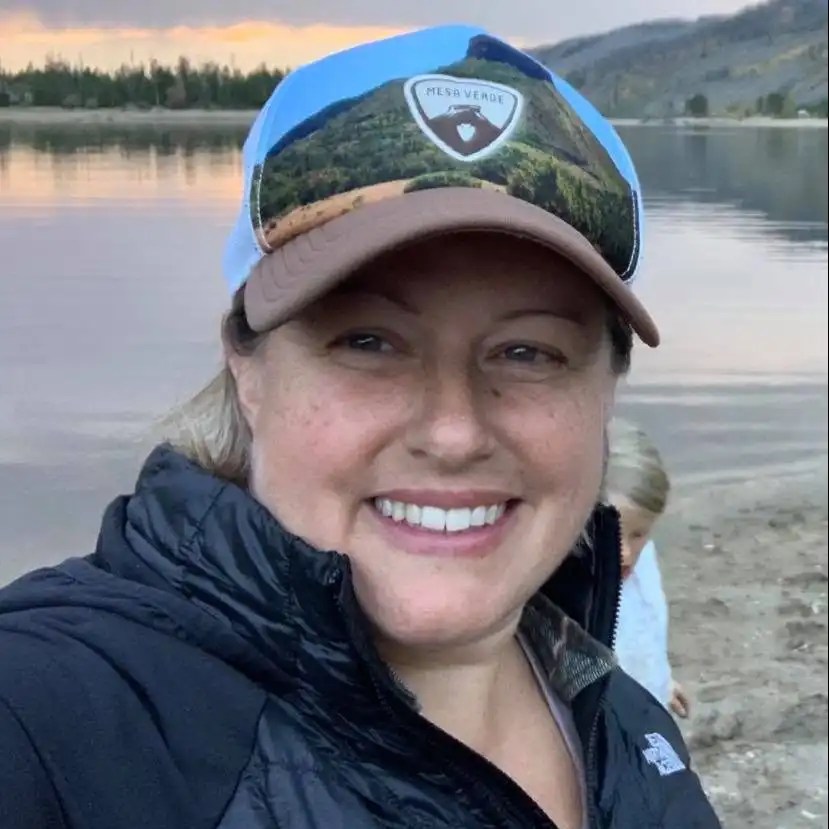
Summiting a tall peak can be so rewarding. From the breathtaking views to completing both a mental and physical challenge, climbing to the top of your first mountain will be exhilarating. Before you hit the trail, check out these seven simple tips for a safe and memorable experience.

Choose Your Peak Wisely
If this is your first time bagging a high peak, you’ll want to be sure you pick one that you have the physical ability to complete safely. Consider everything from distance and terrain to whether the route is easy to follow and if any extra or technical equipment is needed. Time of year is also an important factor, as some peaks may have snow on them all year or some may experience a rain/mud season. Many mountains are rated by class, so that is one of the first points of research you should do. Class 1 or 2 mountains are the easiest to summit, and they are a great starting point for first-time climbers and young climbers. Be sure to check out other climbers’ trail beta and current conditions on apps and websites such as onX Backcountry, Mountain Project, , 14ers.com and to pick the best peak for your first time.

Hydrate The Days Before
Climbing a tall peak requires a lot from the body. Your body will also feel the effects of altitude the higher the peak is. While continuing to drink water is important throughout your hike, being on top of your hydration in the days before the hike is just as important. Being properly hydrated before, during and after the hike will not only help you ease the effects of altitude, it will also help aid in posthike recovery.

Get Out Early
Weather can be unpredictable and change quickly, especially the higher you climb. Afternoon thunderstorms are common in the mountains, especially in the West. With a lack of vegetation and trees, hitting the trail early will help you minimize the chance that you’ll get caught with no cover along the trail. Without an understanding of how the altitude will affect your body, starting out early will give you extra time if needed.

Layer, Layer, Layer
Higher altitudes mean colder weather. Your hike may begin before the sun is up over the mountains, so wear layers you can easily take off and put on. Your body will warm as you work to climb to the top. Avoid cotton because it does not wick away sweat and will leave you cold and damp. More than likely, the summit will be windy and colder, as well, so pack a hat and gloves. They are lightweight and take up a small amount of room. You may not need them, but if you do, you will be happy you packed them.

Buddy Up
Bringing along a friend makes the experience better in a multitude of ways. If you need some extra motivation to get to the top, they will be there to encourage you. Spending time talking will help you direct the focus off any pain and keep your mind on other things. If you start to not feel well, a friend can be there to help you make the best decisions for your safety. Share in your awesome achievement and take photos of each other and with each other. Teaming up with a buddy can make the experience all the more memorable.

Pace Yourself And Take Breaks
There is no need to go out fast or try to get up and down as quickly as possible. Climbing a mountain requires pacing. Peaks often begin with a slow climb and get steeper as you go up. Keep that in mind as you make your way to the top. Being familiar with the route will also help you make decisions on when you can pick up the pace or not. Using a GPS tracking app like Mountain Project or onX Backcountry can help you make on-the-mountain decisions about pacing. Ascending at a steady pace can also help keep the effects of acute mountain sickness at bay. It is easy to think that the downhill will be easier than the uphill, but that isn’t true. The downhill puts stress on different muscle groups and can be just as taxing. Take breaks on the way up and down to take in the scenery, shoot some Instagram-worthy pics and revel in the fact that you are achieving something pretty amazing!

Focus On Safety
While climbing with a buddy was suggested above, you should also let a buddy or family member who is not climbing with you know where you are headed and a rough estimate of timing for your start and return. Use a GPS app for tracking your hike to be sure you are on the correct route. Check the weather (present and future) and trail conditions before you head out for your hike to be sure that hiking conditions are safe. Continue to watch the weather as you hike, keeping watch for dark clouds and the threat of severe weather. Head down if you feel a rainstorm is coming. Listen to your body as you hike. A slight headache, heavy breathing and some muscle pain are to be expected when on a strenuous, high-elevation hike. But, watch for the signs of acute mountain sickness (AMS) throughout your hike. AMS can occur at elevations of 8,000 feet or above. If you or anyone in your party feels dizzy or nauseated, is struggling to breathe or complains of a severe headache, head to a lower elevation.





